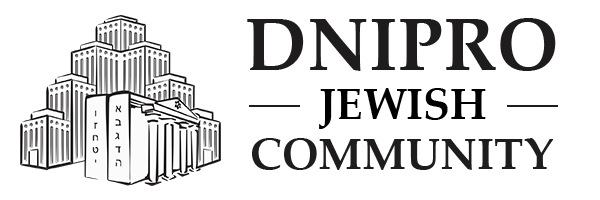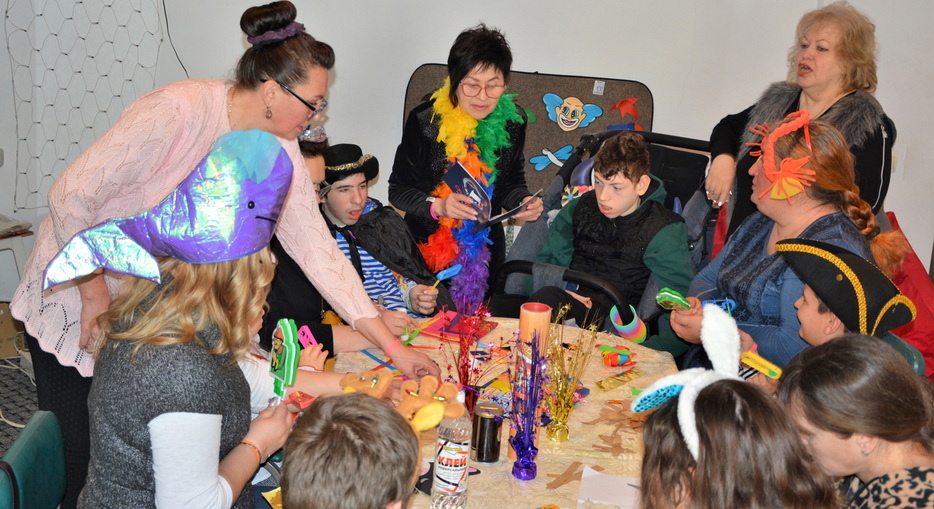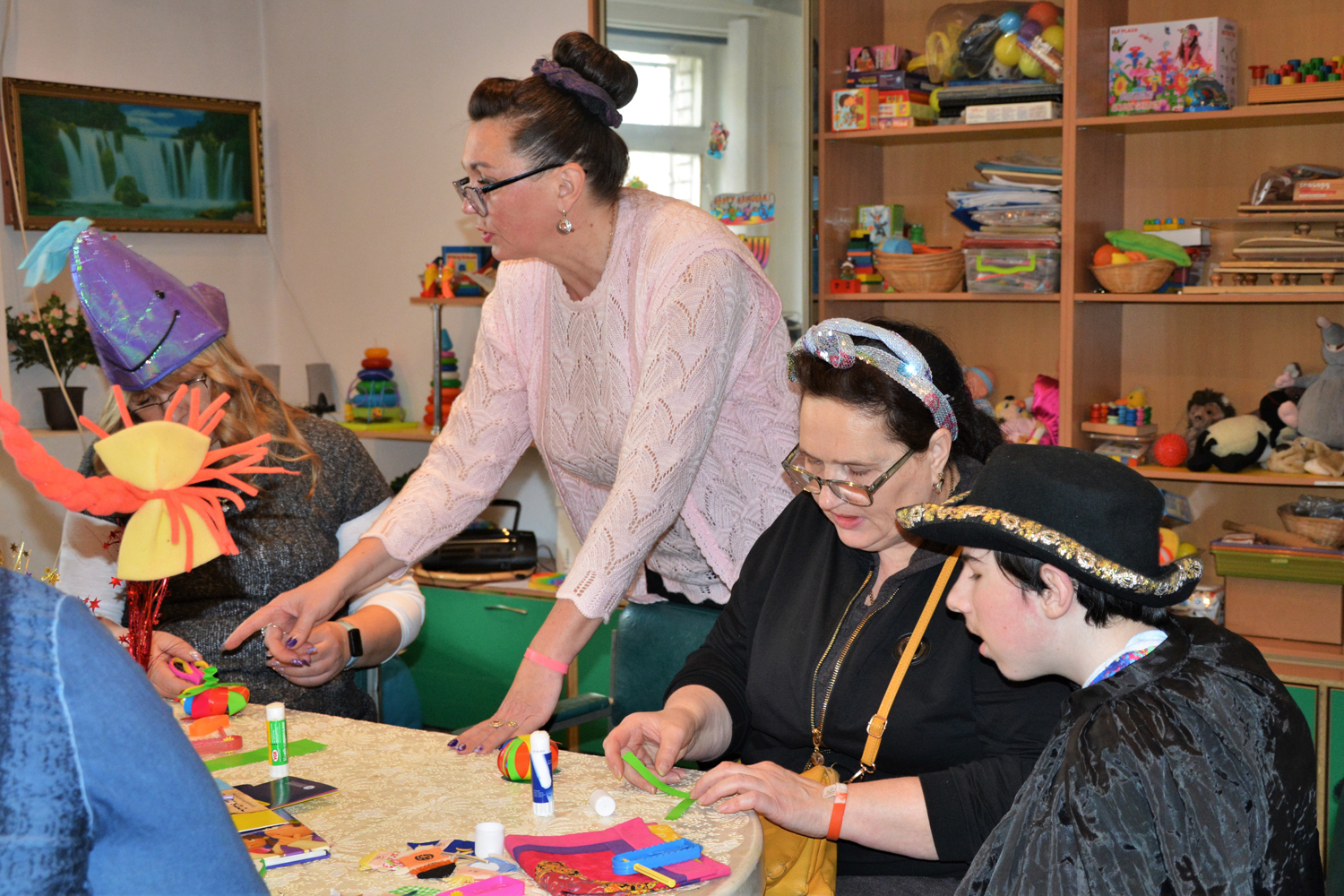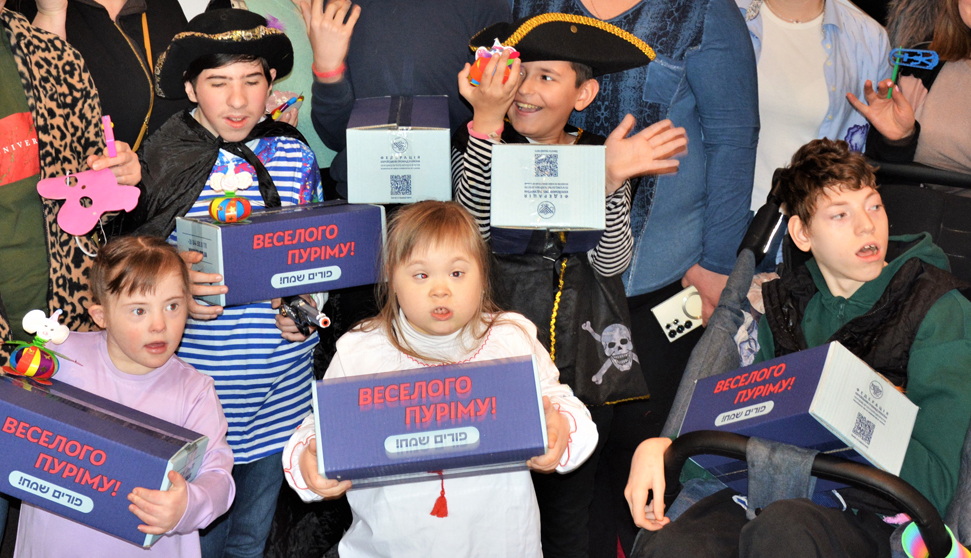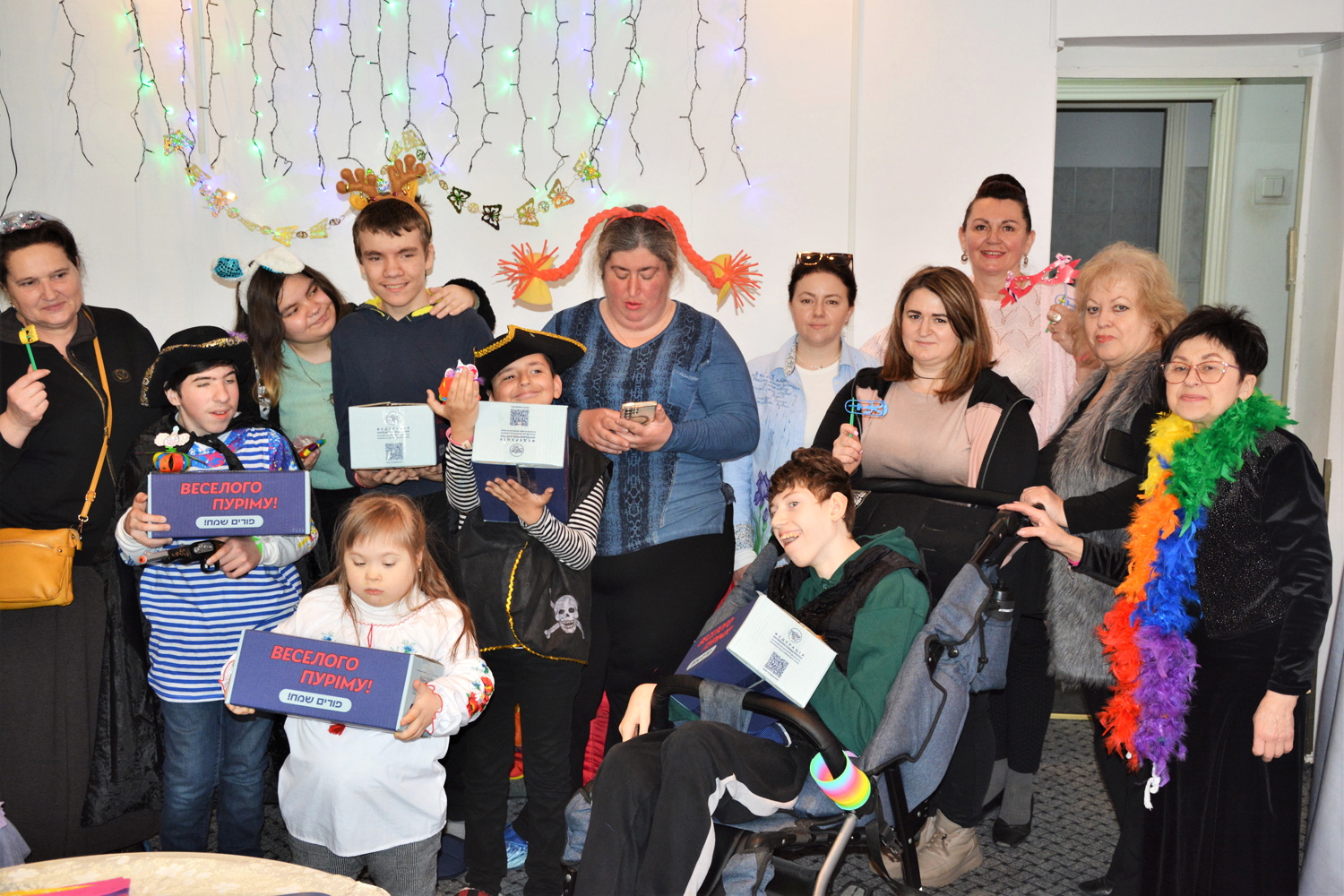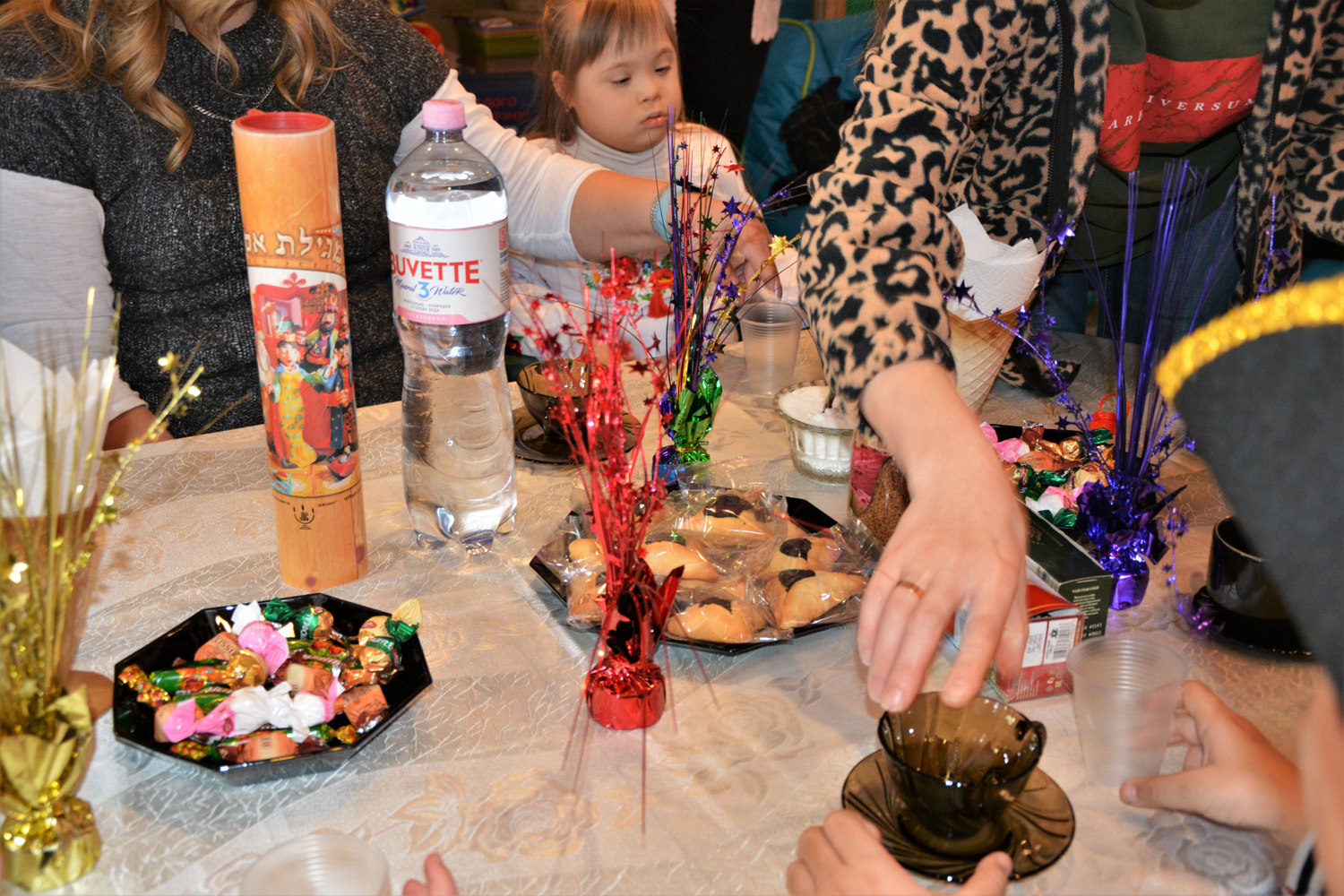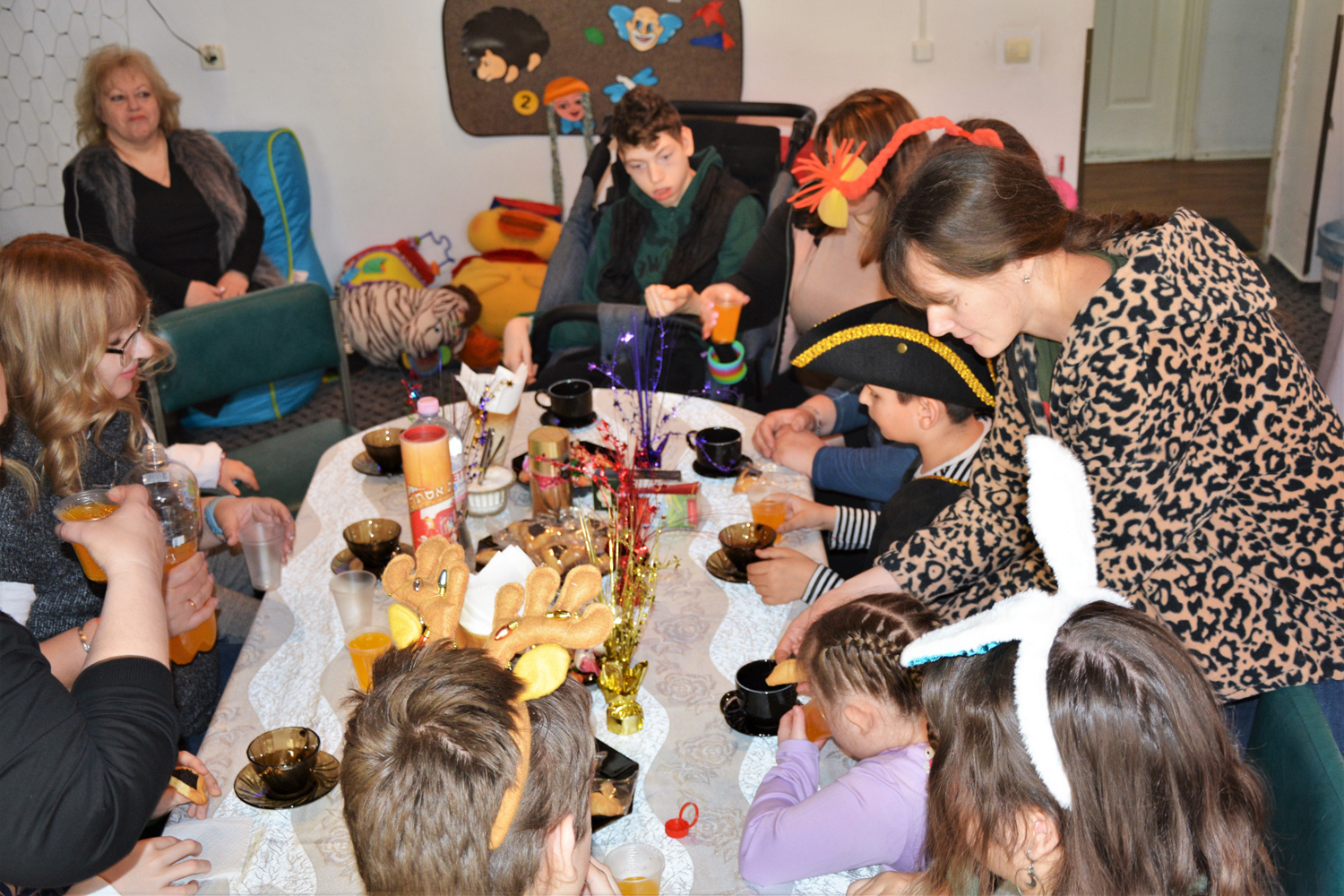Purim is a special time in the Jewish calendar when the entire community is immersed in an atmosphere of joy and unity. This holiday, symbolizing the triumph of justice over evil, reminds us of the power of faith, courage, and the importance of supporting one another.
Elena Ovcharenko, a methodologist at the Educational Resource Center (ERC), shared how Purim was celebrated this year at the Center.
“The arrival of spring in Judaism is marked by the celebration of Purim—the most joyous of all Jewish holidays. It is rich in traditions and rituals. Foremost among them is the reading of the Scroll of Esther, a legendary text recounting an extraordinary story that took place more than 2,500 years ago in Susa (Shushan), the ancient capital of Persia. It tells of the beautiful Jewish woman Esther, who was destined to become the queen of Persia and the savior of her people living in exile. It tells of how the wicked Haman, who cast lots to determine the day of his sinister plot, ultimately fell victim to his own schemes. It tells of how dignity and piety were rewarded and how justice prevailed. And it tells of how Esther’s three-day prayer, joined by all the Jews of Persia, turned despair into celebration. Thus, Purim became an island of joy amidst the sea of trials and tribulations faced by the Jewish people—a deep exhale of relief after escaping the grasp of imminent peril.
Victoria Pinchas shared these stories with children and parents during a thematic lesson on the eve of the holiday. She also spoke about the grand Purim feast, where the revelry is so exuberant that one can no longer distinguish between the words «Cursed be Haman» and «Blessed be Mordechai». She explained the mitzvah of Mishloach Manot, the exchange of food gifts, and the tradition of baking triangular pastries filled with poppy seeds, known as ‘Haman’s ears,’ prepared exclusively for this holiday. She described the theatrical performances—Purimspiels—and the carnivals that have become an inseparable part of Purim, along with masks and costumes, which are its essential attributes.
The lesson was interactive: psychologist and art therapist Viktoria Potebenko invited children, with the help of their parents, to craft a clown figure—an emblematic symbol of Purim’s carnival spirit. After the session, each child received a Mishloach Manot gift from the Federation of Jewish Communities of Ukraine. The celebration concluded with a sweet table, where the highlight was the delicious, poppy-filled Hamantaschen— «Haman’s ears».
